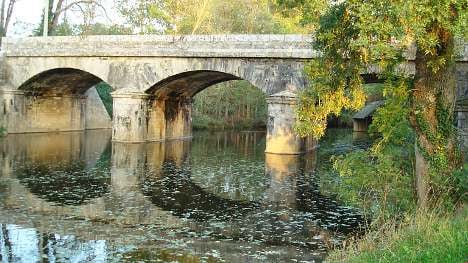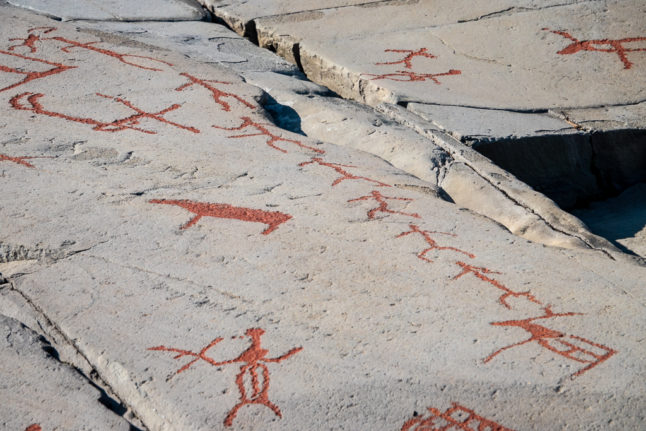The ruling came after authorities in the Maine-et-Loire region allowed the restructuring of the Layon river in 2006, newspaper Ouest France reports.
The restructuring involved the installation of devices to control the flow of the river, including two pathways for pike and other fish to come and go during migration seasons.
But the court ruled this only allowed the fish a limited amount of freedom, claiming that to achieve ecological continuity, they should be allowed to come and go as they please.



 Please whitelist us to continue reading.
Please whitelist us to continue reading.
Member comments